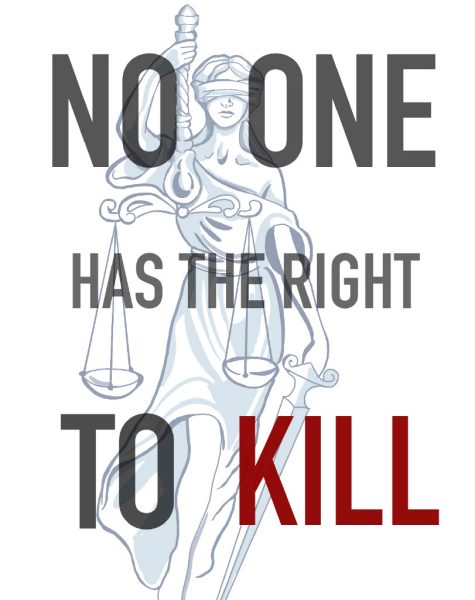What can we do to prevent intimate partner violence on campus?
From 2003–12, persons ages 18 to 24 had the highest rates of intimate partner violence
September 26, 2014
Since the release of the now-famous Ray Rice video, the subject of intimate partner violence has figured prominently in the media.
Currently, the discussion seems to revolve around the NFL, Rice and Janay Palmer. Many people are justifiably angry with the NFL for its lack of action in addressing this and previous incidents of players who commit violence against someone. They’re also angry with Ray Rice for doing what he did to his wife.
While it may satisfy us on one level to see the NFL change its policies toward handling intimate partner violence and have Ray Rice brought to justice, we must also be honest with ourselves.
Anyone, regardless of who they are or what status they have, is capable of being the victim or perpetrator of domestic violence.
As college students, this issue directly impacts us. According to an April 2014 report by the Bureau of Justice Statistics, persons between the ages of 18 to 24 have the highest rates of intimate partner violence.
That same report states that women make up 82 percent of the overall victims of intimate partner violence.
A 2011 study sponsored by Break the Cycle, reports that nearly one in three female college students say they have been in an abusive dating relationship. More than half the women interviewed also reported knowing a friend who has experienced dating violence.
We need to take these statistics into consideration when we debate the issue of intimate partner violence. This is something that affects us, regardless of whether we ourselves are victims or attackers.
Is Loyola fostering the type of environment in which victims of violence feel supported and empowered? Are we promoting a culture of respect and dignity for both men and women?
Too often, victims remain silent about their abuse out of fear or the belief that they won’t receive help. It is unacceptable that any one among us should feel the same. If so, then we are not living up to who we are as a Jesuit community.
Here at Loyola, there are a number of resources available to individuals who seek help: the Women’s Resource Center and the University Counseling Center, for example.
Of course, seeking help isn’t solely the responsibility of the person who is the victim of intimate partner violence; anyone who recognizes abusive tendencies within themselves should use these resources to learn how to deal with and control those tendencies in a way that doesn’t harm anybody.
As an overall community, however, we can help by continuing to bring the issue of intimate partner violence to public attention, even after the Ray Rice incident fades from the media spotlight.
The NFL and Ray Rice are not isolated incidents. What happened in that elevator isn’t merely part of a high-profile drama. Intimate partner violence — and the sub-par lack of attention it receives — is an everyday evil. It’s something that affects a large amount of people in our country, and maybe even in our own community.
If we truly feel compelled to act against intimate partner violence, we can’t satisfy ourselves with using the NFL and Ray Rice as strawmen.
We must focus our efforts on our community, our culture, and ourselves.
















